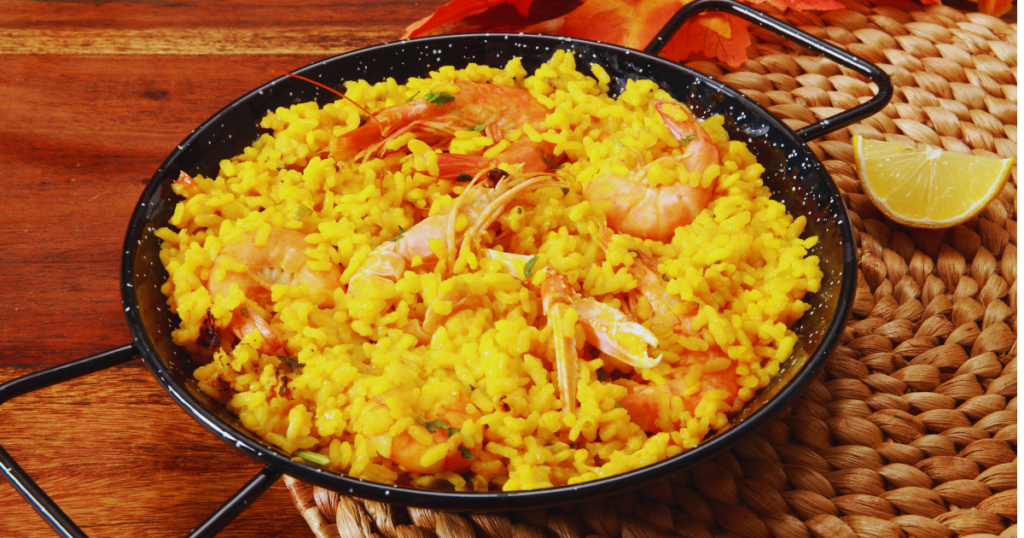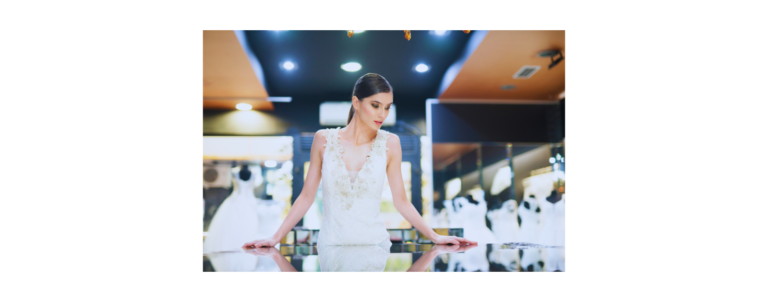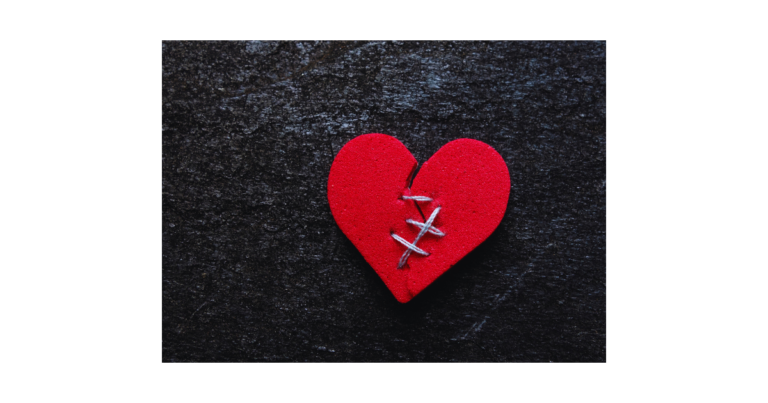What is Paella?
Paella is a traditional Spanish rice dish made with rice, saffron, vegetables, chicken, and seafood cooked and served in one pan. There are several different varieties of paella, including chicken paella, seafood paella, and mixed paella. Paella originates from Valencia, Spain, and is recognized as the national food of Spain. Paella is a rice dish made in a shallow, wide pan over an open fire. It’s traditionally made with short grain rice, green beans, rabbit, chicken thighs, and saffron.
History and Origin of Paella
Paella is a traditional Spanish dish that originated in the Valencia region. The word “paella” comes from the Latin word “patella,” which means “frying pan.” Paella has a rich history that dates back to the 15th century, when it was cooked by farmers and laborers in the fields. The dish was originally made with rice, vegetables, and whatever protein was available, such as rabbit, chicken, or seafood. Over time, paella became a staple of Spanish cuisine and is now enjoyed around the world.
Ingredients
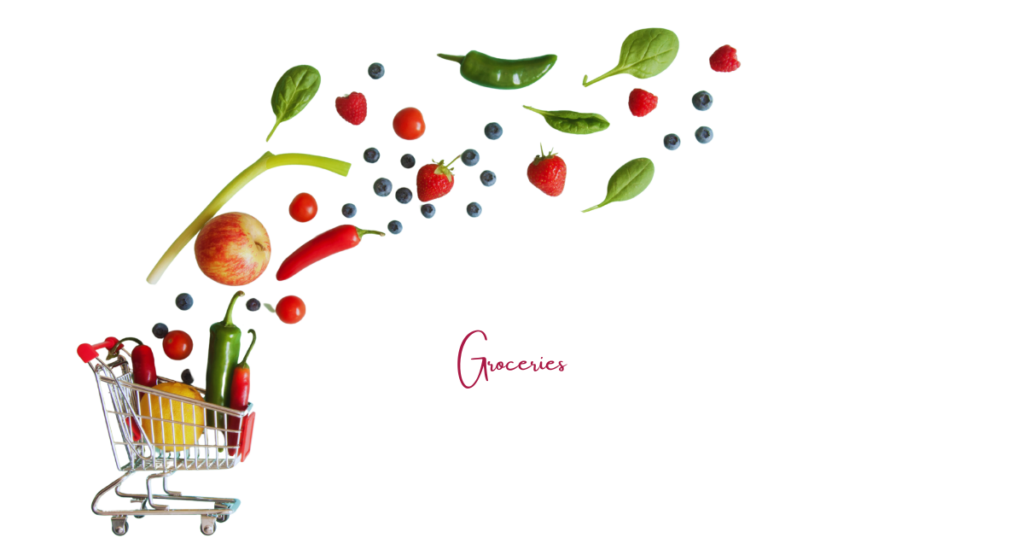
Main ingredients in every paella dish are rice, saffron, chicken, and vegetables.
Ingredients may vary depending on the type of paella or region where it’s made.
This easy paella recipe includes olive oil, onion, bell peppers, garlic, chopped tomato, bay leaf, paprika, saffron, salt, and pepper. Chicken stock can be used as a flavorful substitute for fish stock when the latter is unavailable.
Use high-quality ingredients, including fresh seafood, Spanish round rice, and Spanish saffron, to make a great paella. Frozen peas should be added towards the end of the cooking process to ensure they retain their texture and color.
Choosing the Right Rice for Paella
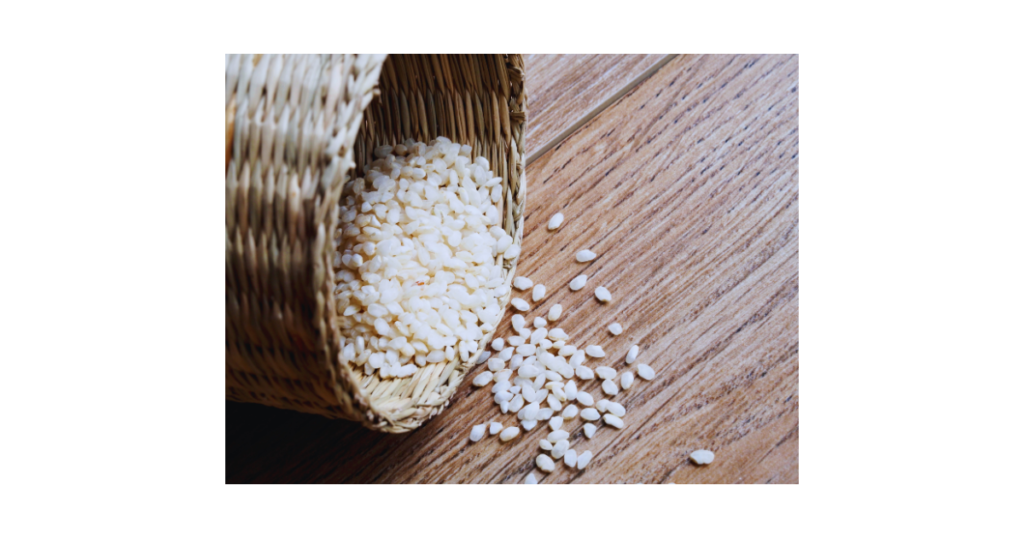
- The best rice to use for paella is Spanish rice labelled as Bomba Rice, Valencia Rice, or Calasparra Rice.
- Paella rice is a short grain variety of rice that absorbs more liquid than other types of rice without getting bloated and mushy.
- Best substitutes for paella rice are risotto rice (arborio rice) and medium grain rice.
- Spanish rice is chubby and round, ideal for absorbing large amounts of liquid.
Seafood Paella Options
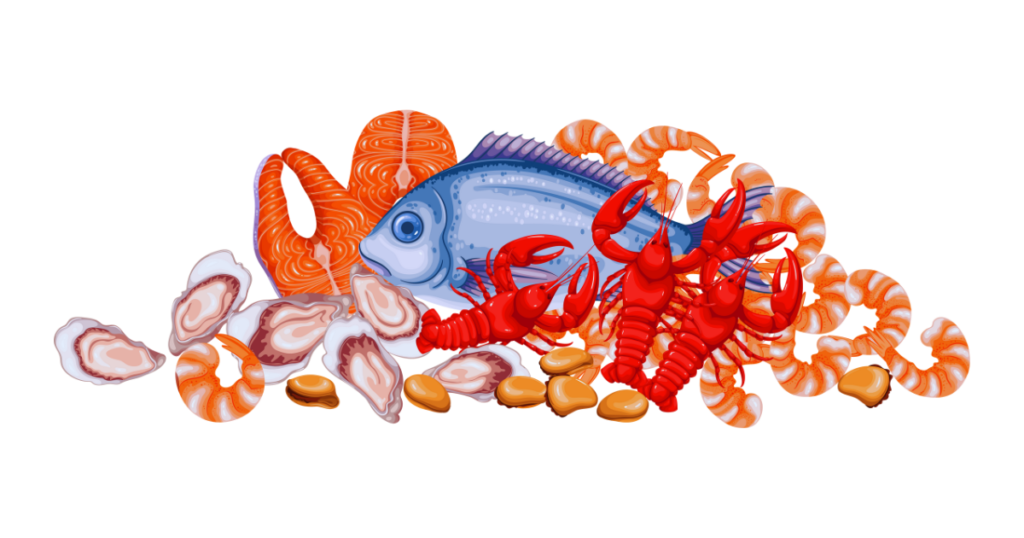
- You can use any combination of your favorite seafood, including clams, scallops, and chopped pieces of fish.
- Frozen seafood is a great accessible option if you don’t live near the ocean.
- Be sure to thaw frozen seafood in the fridge overnight before using, and clean it properly.
- Use fresh seafood, such as shrimp, mussels, and clams, for the best flavor and texture.
The Importance of a Paella Pan
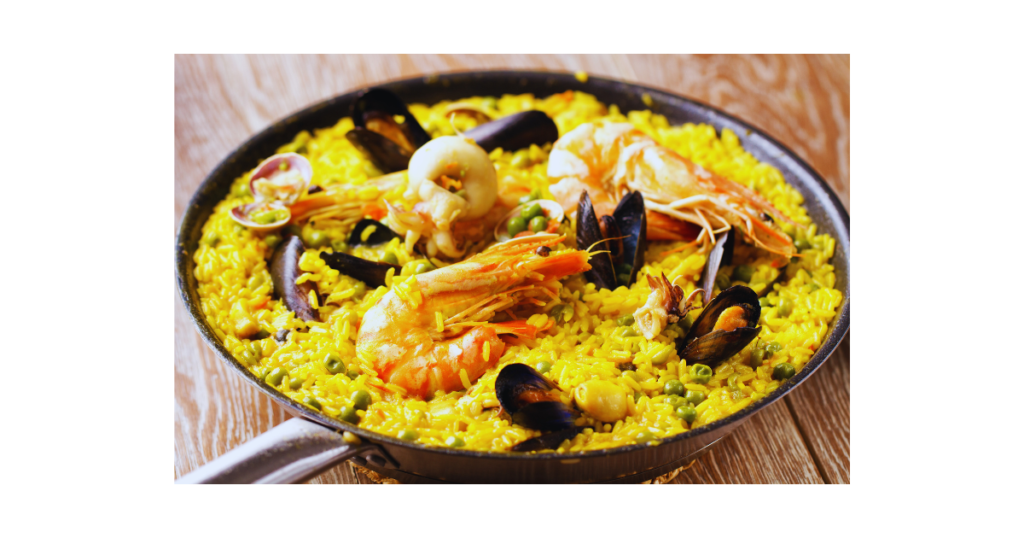
- A paella pan is essential for making paella with crispy rice bits (socarrat).
- The width of the pan helps with rice distribution and ensures the rice cooks evenly.
- You can use a cast iron skillet or a regular frying pan if you don’t have a paella pan.
- A paella pan is recommended, but a large frying pan can be used as a substitute.
Cooking Techniques
Preparing the Paella Pan
- Heat a paella pan with medium-high heat and add olive oil.
- Add the cut squid, mix with the olive oil, and cook for 1 1/2 to 2 minutes, then remove from the pan and set aside.
- Add the diced onion, chopped garlic, and chopped bell pepper to the pan, mix with the olive oil, and cook for 3 minutes.
Cooking the Paella
Cook the rice in broth with some chorizo, then add prawns and mussels partway through cooking.
The prawns and mussels will leech a lot of liquid into the rice, which will add flavor and moisture.
Use chicken broth, chicken stock, or fish stock for added flavor. If using frozen peas, add them towards the end of the cooking process to ensure they remain tender.
Don’t stir the rice once you add the broth, and don’t cover the pan while cooking.
Serving and Garnishing Paella
Serve paella with seafood completely covering the rice, or mix the seafood through the rice for a more uniform dish.
Traditions aside, in my house, we serve paella family-style with a favorite white wine or a bit of sangria to go along.
Of course, adding a little something to start the meal like chilled tomato Gazpacho is always an option.
To finish, try Crema Catalana, Spain’s version of crème brûlée.
This recipe has received 5 stars from users, indicating its popularity and quality.
Pairing Paella with Wine
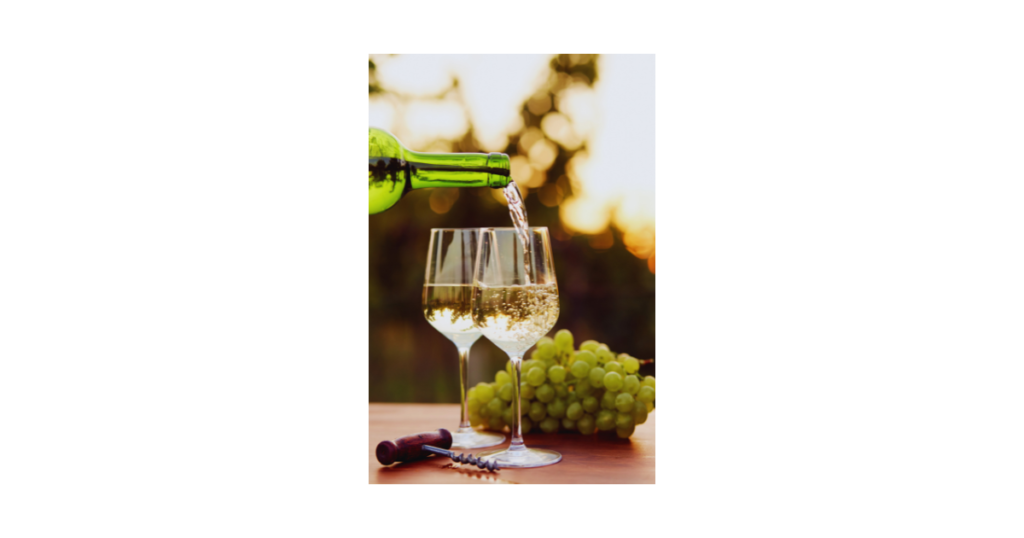
Paella is a versatile dish that can be paired with a variety of wines. For a traditional Spanish paella, a dry white wine such as Albariño or Verdejo is a great choice. For a seafood paella, a crisp and refreshing white wine such as Sauvignon Blanc or Pinot Grigio pairs well. For a mixed paella with chorizo and chicken, a medium-bodied red wine such as Tempranillo or Garnacha is a good option. When pairing paella with wine, it’s essential to consider the flavors and ingredients in the dish and choose a wine that complements them.
Tips for Making Perfect Paella
- Use Bomba rice, Valencia Rice, or Calasparra Rice for paella.
- Use a large skillet or paella pan, and ensure the rice is not stacked up more than 2 cm / 3/5″ deep.
- Use a liquid-to-rice ratio of 1 cup of rice to 2.3 cups of liquid.
- Cook in broth, not water, and don’t stir the rice once you add the broth.
- Add seafood partway through cooking to avoid overcooking.
Common Mistakes to Avoid
When making paella, there are several common mistakes to avoid. One of the most common mistakes is using the wrong type of rice. Paella rice should be medium-grain and specifically designed for paella. Using Arborio rice or other types of rice can result in a mushy or sticky texture. Another mistake is not using enough liquid, which can cause the rice to cook unevenly. It’s essential to use a combination of chicken broth and water to achieve the right consistency. Finally, not cooking the paella over high heat can prevent the formation of the crispy crust at the bottom of the pan, known as the socarrat.
Regional Variations of Paella
Paella is a dish that varies greatly depending on the region in Spain. In Valencia, the birthplace of paella, the dish is typically made with chicken, rabbit, and vegetables. In the coastal regions, seafood paella is a staple, with ingredients such as shrimp, mussels, and squid. In the southern region of Andalusia, paella is often made with chorizo and chicken. Each region has its unique twist on the dish, and there are countless variations of paella throughout Spain. Whether you’re making a traditional Valencian paella or a seafood paella from the coast, the key to a great paella is using high-quality ingredients and cooking it over high heat to achieve the perfect socarrat.
Paella Recipe Variations
- You can substitute medium grain rice, like Calrose rice, if necessary.
- You can also use pork, turkey, rabbit, chorizo, or a combination of meats.
- Authentic paella would include making your own fish stock from the discard shells of seafood.
- You can use any combination of your favorite seafood, including clams, scallops, and chopped pieces of fish.
Conclusion
- Paella is a fun and relaxed dish, so don’t get hung up about having the exact same seafood or ingredients.
- With these tips and techniques, you’ll be able to make a delicious and authentic Spanish paella that’s sure to impress.
- Don’t forget to serve with a side of garlic aioli or paella sauce for added flavor.

